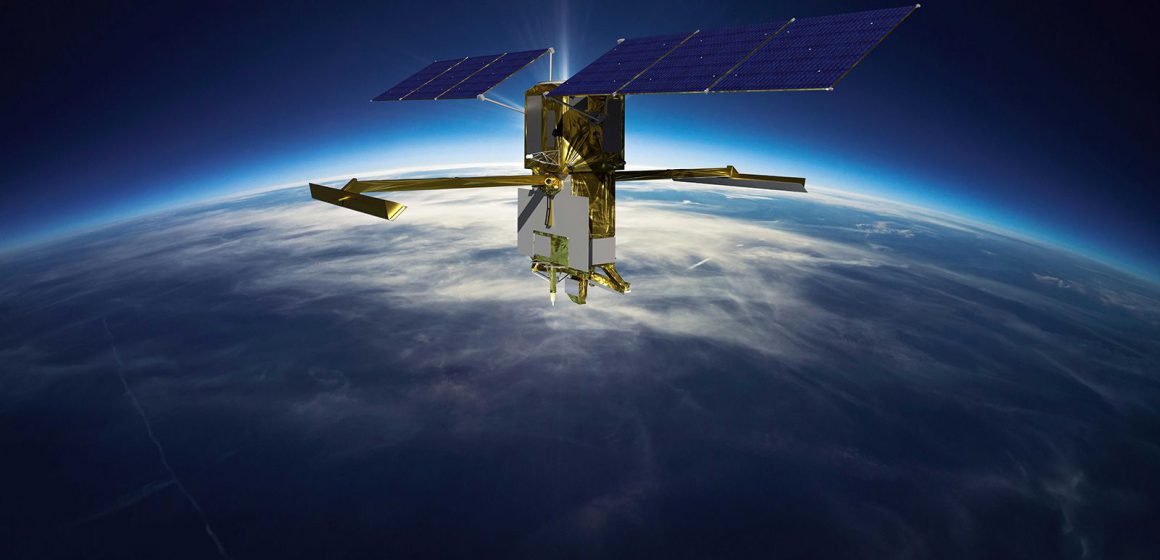After 38 years, a NASA satellite returns to Earth.
A retired NASA satellite has returned to Earth after 38 years in space.
In 1984, the space shuttle Challenger carried out the launch of the Earth Radiation Budget Satellite, or ERBS.
Up until 2005, ERBS data helped scientists measure the concentrations of ozone, water vapor, nitrogen dioxide, and aerosols in the stratosphere, as well as comprehend how the Earth received and transmitted solar energy.
NASA claims that the US Department of Defense confirmed that ERBS reentered Earth’s atmosphere over the Bering Sea on Sunday at 11:04 ET. It was not clear if any of the satellite’s parts made it through re-entry. It was anticipated that most of the satellite would burn up in the atmosphere as it passed through it.
NASA came to the conclusion that only one in 9,400 people on Earth could sustain damage. The satellite lived for a total of 21 years, exceeding its expected lifespan of two years.
NASA reports that the data gathered by the Stratospheric Aerosol and Gas Experiment II (SAGE II) instrument aboard ERBS suggested that the ozone layer was decreasing globally.
This information contributed to the creation of the Montreal Protocol, a 1987 international agreement that drastically reduced the use of ozone-depleting chlorofluorocarbons (CFCs), which were once widely used in aerosol sprays, refrigeration, and air conditioners.
A study conducted in 2021 came to the conclusion that by the end of the century, the world would be on track for an ozone layer breakdown and an additional 2.5 degrees Celsius of global warming if the CFC ban was not agreed upon. Today, SAGE III on the International Space Station gathers information about the health of the ozone layer.


Leave a Reply